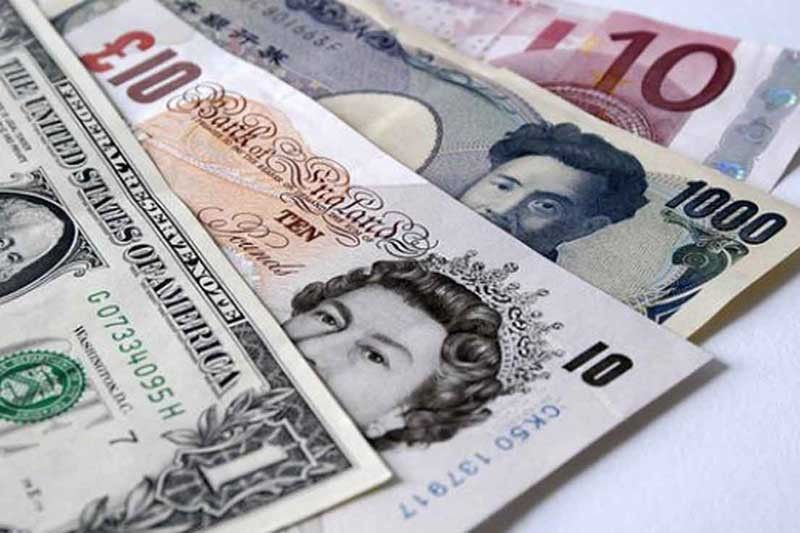FDI swings back to negative territory in February

MANILA, Philippines — Foreign direct investments (FDI) to the Philippines went back to negative territory in February, a temporary setback that is likely to quickly return to growth path because of low-base effects.
FDI registered a net inflow of $608 million in the second month of 2021, down 2.2% year-on-year which the central bank considered as a “slight decline.” A net inflow means more capital entered than left.
Despite the monthly decrease, FDI from January to February stayed positive, recording 23.1% year-on-year growth to $1.57 billion, according to a report from the Bangko Sentral ng Pilipinas on Monday.
That the year-to-date tally continued to grow is good news for the Philippines that over the past 3 years have suffered sustained downtrend in FDI. Among all types of funds and investments, countries have competed to attracting FDI for their long-term nature that generates jobs and in turn, create a larger economic impact.
Sought for comment, Nicholas Antonio Mapa, senior economist at ING Bank in Manila, said it is expected for FDI to grow this year because of a low base from last year. That essentially means that because of an unprecedented pandemic shock that saw foreign investors pulling back at a record rate, regaining some ground in paper should not be a problem.
“The FDI flows benefit from a low base and will be tough to expect FDI to remain in positive territory in the near term,” Mapa said in an email exchange.
That however masks a worrying trend for FDI in the Philippines. Since peaking at $10.26 billion in 2017, FDI had not only consistently gone down under the Duterte administration, but were doing so at a faster clip: from -3% in 2018, -12.8% in 2019 to -24.6% last year when the health crisis erupted. Last year's tally was also a 5-year low.
For this year as well, the central bank does not expect to fully recover back to its 2017 peak in terms of FDI. By yearend, FDI is expected to hit $7.8 billion, albeit higher than $6.5 billion last year.
Breaking down the February tally, equity investments, used to measure new investors, dropped 61.9% year-on-year. These inflows largely came from Japan, the US, the Netherlands, Malaysia, and Singapore.
Reinvested earnings of existing FDI here dipped 6.1% annually in February, while intercompany borrowings between a foreign headquarters and local office grew 36.1%.
Michael Ricafort, chief economist at Rizal Commercial Banking Corp., said the worst may be over for FDI since economies have gradually reopened to business from pandemic lockdowns.
“Pick up in FDIs in recent months may also reflect some easing/normalization of supply chains and logistics locally and worldwide as economies further re-open,” Ricafort said in a commentary.
- Latest
- Trending





























